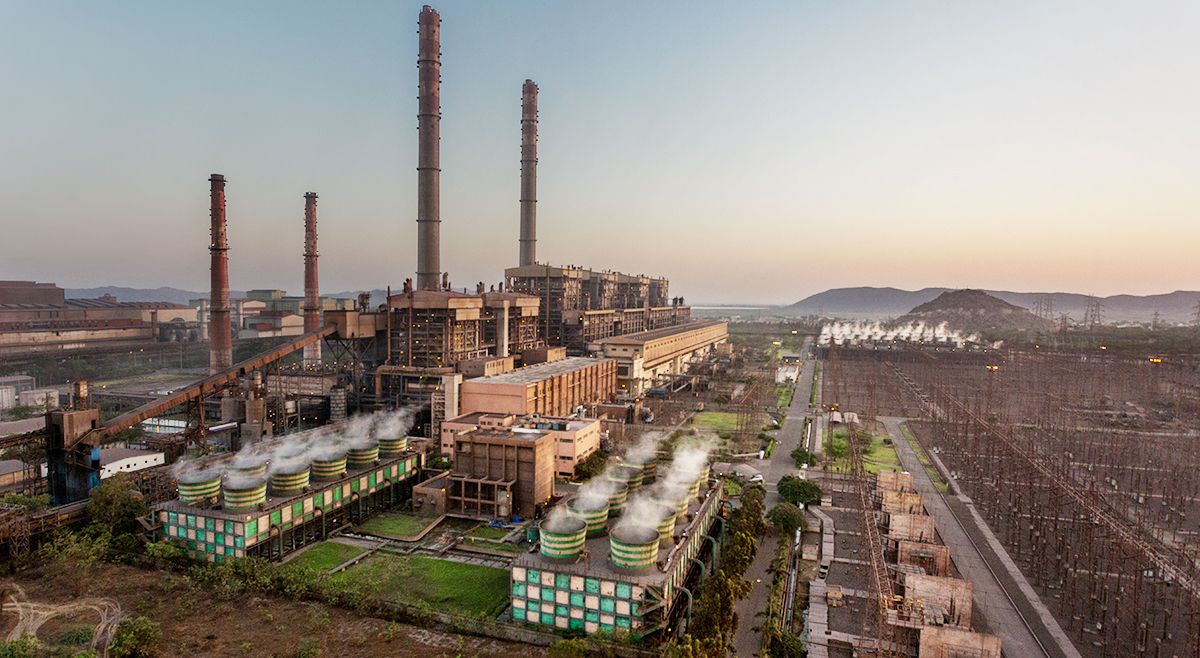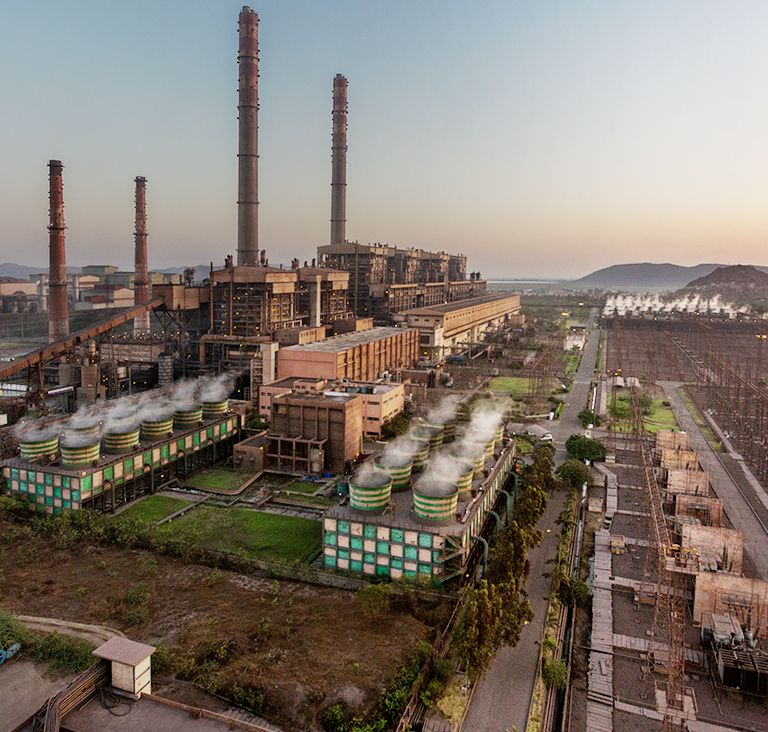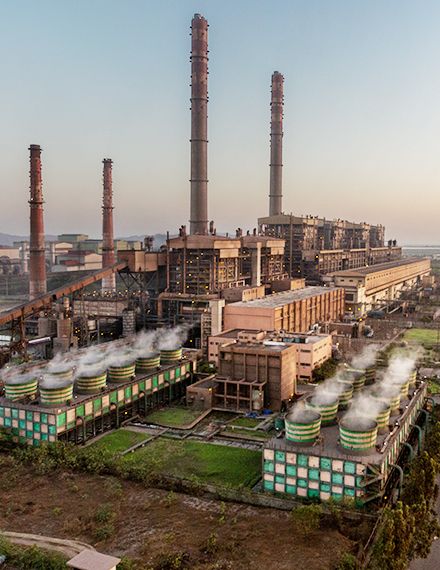JSW Energy: The making of a powerhouse
Six years doesn’t seem like a long time. Yet, 2010 was a time of hope when businesses fuelled by debt and optimism went on an expansion spree, confident the economy had indeed rebounded from the pits of a global financial crisis.
How it all unravelled is now well-documented. The economy stalled and factories idled, and companies unable to repay debt put up their assets for sale. And those who remained prudent during the go-go years emerged from the sidelines, snapping up assets and setting their eyes on the long term.
One of them was JSW Energy Ltd, which found the time was ripe to make its move. Within a span of two years, the company snapped up three power plants with a combined capacity of 2,891 megawatts (MW) for nearly Rs16,000 crore. It also walked away from a deal where lenders refused a haircut, and managed to beat down the valuation of one deal that it concluded.
“We have made no secret of it,” JSW Energy joint managing director and chief executive Sanjay Sagar said. “Given the stress in the sector, we have got this window of opportunity. We are fortunately one of the few companies who have the balance sheet to look at inorganic growth, and we intend to capitalize on this,” he said at the group headquarters in Mumbai’s Bandra Kurla Complex.
The company has evaluated 25-30 proposals of thermal power assets in the past year and continues to look at more assets which have long-term purchase agreements, fuel supply and an assurance of at least a 15% return on equity (RoE), Sagar said.
However, if JSW executives are to be believed, acquisitions are not an end in itself. In the past six years, India’s energy market has undergone a sea change, and the rules of the game have changed.
Old rules
Like many other power producers, JSW Energy in the past focused on merchant power, or the power that’s sold in the spot market without a long-term power purchase agreement or PPA. At a time of power shortage—as was the case in 2009-10—a single unit of power fetched up to Rs8, prompting many private producers to set up merchant power capacities.
But six years have indeed been a long time. Power production has soared, pushing down price of merchant power below Rs3 in 2015-16. Alongside, a policy change that permitted merchant power producers to use only expensive e-auction coal altered the economics for these companies.
It was time to change tack. PPAs, where power producers agree to supply power to state level utilities for a long period were back in fashion. And JSW Energy, which had half of its capacity linked to the short-term merchant market, is now planning to get 60% of its capacity linked to long-term PPAs, with a target of 90% in the medium term.



